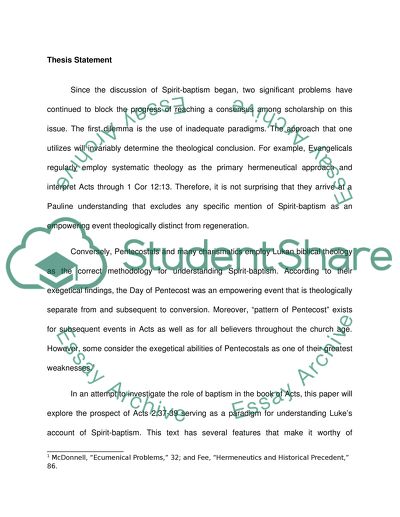Cite this document
(“The Role of Baptism in the Book of Acts Essay Example | Topics and Well Written Essays - 2750 words”, n.d.)
The Role of Baptism in the Book of Acts Essay Example | Topics and Well Written Essays - 2750 words. Retrieved from https://studentshare.org/religion-and-theology/1512524-the-role-of-baptism-in-the-book-of-acts
The Role of Baptism in the Book of Acts Essay Example | Topics and Well Written Essays - 2750 words. Retrieved from https://studentshare.org/religion-and-theology/1512524-the-role-of-baptism-in-the-book-of-acts
(The Role of Baptism in the Book of Acts Essay Example | Topics and Well Written Essays - 2750 Words)
The Role of Baptism in the Book of Acts Essay Example | Topics and Well Written Essays - 2750 Words. https://studentshare.org/religion-and-theology/1512524-the-role-of-baptism-in-the-book-of-acts.
The Role of Baptism in the Book of Acts Essay Example | Topics and Well Written Essays - 2750 Words. https://studentshare.org/religion-and-theology/1512524-the-role-of-baptism-in-the-book-of-acts.
“The Role of Baptism in the Book of Acts Essay Example | Topics and Well Written Essays - 2750 Words”, n.d. https://studentshare.org/religion-and-theology/1512524-the-role-of-baptism-in-the-book-of-acts.


